- Write by:
-
Friday, October 20, 2023 - 13:20:40
-
166 Visit
-
Print
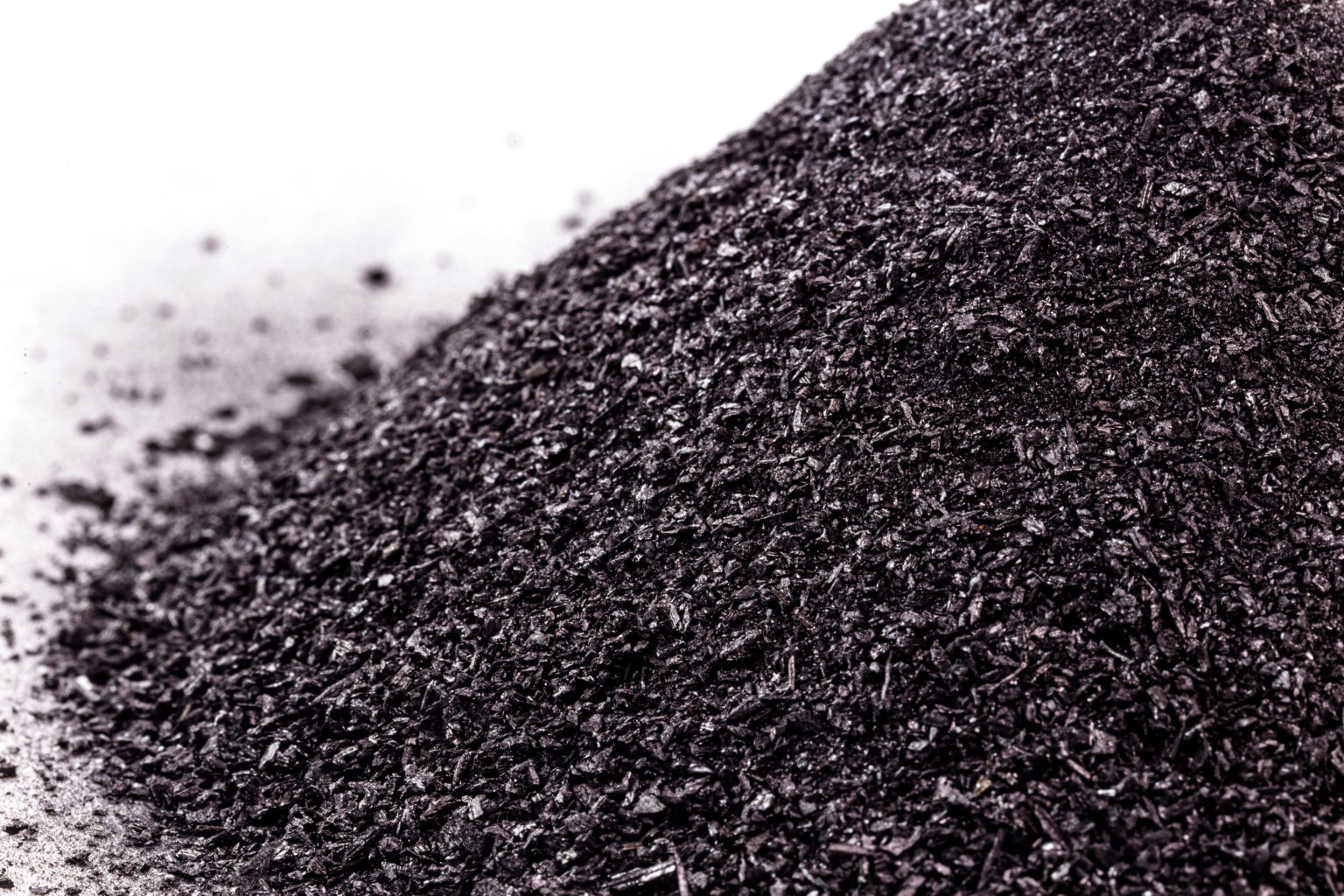
Mining News Pro - Some graphite consumers will aim to accelerate imports of the EV battery ingredient from China in November before the country’s export curbs for some products come into force, but it may be difficult due to complex specifications, analysts said.
China, the world’s top graphite producer and exporter, said on Friday that from Dec. 1 exports of some types of natural and man-made forms of graphite would require permits.
Graphite is used in virtually all EV battery anodes, which is the negatively charged portion of a battery.
“I expect we will see a surge in November of both buying and prices,” said Tom Burkett at consultancy Global Graphite Advisory LCC.
Existing producers in Canada and Africa will receive an immediate positive impact with new producers in Australia, Brazil, Africa, Canada and the US likely to experience a new round of investment to move to production as quickly as possible, he added.
The curbs are similar to those in place since Aug. 1 for two chip-making metals, gallium and germanium. Their announcement boosted China’s exports in July as overseas buyers rushed to lock in supply, while the launch of the restrictions slashed exports in August-September.
Companies, however, are now beginning to get Chinese licenses for gallium and germanium, said James Willoughby at Wood Mackenzie.
“I would expect a similar scenario for graphite: an initial slow down and a gradual restart.”
China produces two-thirds of the global natural graphite and dominates production of its synthetic version. It also makes more than 90% of the final processed material for EV battery anodes.
Panic buying?
Top buyers of graphite from China include Japan, the United States, South Korea and India.
“Some anode manufacturers in Japan and South Korea could look to increase purchasing of spherical graphite from China in the near term, if they fear that export licensing applications either won’t be approved, or could take a while to be approved,” said Daisy Jennings-Gray at Benchmark Mineral Intelligence.
Some battery makers, however, may find it difficult to source more on a short-term basis because they go through extensive safety testing for graphite going into each model of EVs that can take up to three years.
“In the event of a worst-case scenario… it may be challenging to panic buy,” Willoughby said. “There may not be material that matches exact needs available on a spot basis.”
The curbs come as China’s domestic needs in graphite products have risen in recent years.
“We have been waiting for (China’s) graphite exports to slow,” said John Meyer at SP Angel. “Having overproduced synthetic graphite we reckon China is also keen to keep this material within China to meet rapid growth in EV battery demand.”
US and European companies have been recently investing in developing synthetic graphite as demand from the EV sector is surging for this soft form of carbon, which until recently was mainly used for steelmaking refractories.
“This is in effect putting an extra step in place to control the amount of the materials leaving the country… if exports became a more attractive market,” said consultancy Project Blue.
“In effect it becomes a quota system for exports safeguarding Chinese interests.”
Short Link:
https://www.miningnews.ir/En/News/627551
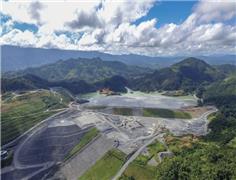
Toronto-listed miner OceanaGold Corp said on Wednesday it will raise 6.08 billion pesos ($106 million) through an ...
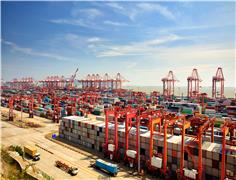
A key measure of Chinese copper demand just sank to zero, another indication that global prices are not balanced with ...
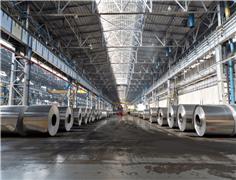
The London Metal Exchange is imposing new rules surrounding the movement of metal in its warehousing network, taking aim ...
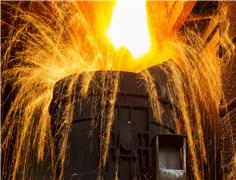
Iron ore futures prices ticked lower on Monday, weighed down by diminishing hopes of more stimulus in top consumer ...
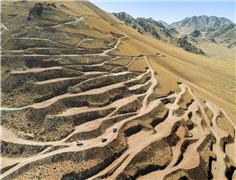
AbraSilver Resource said on Monday it has received investments from both Kinross Gold and Central Puerto, Argentina’s ...
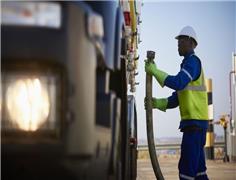
A Russian arbitration court ruled on Monday that four units of Swiss commodities trader Glencore will pay more than 11.4 ...
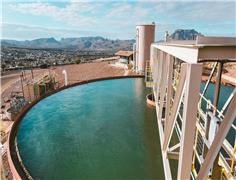
A Native American group has asked all members of a US appeals court on Monday to overturn an earlier ruling that granted ...
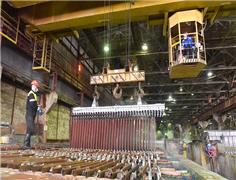
The London Metal Exchange (LME) on Saturday banned from its system Russian metal produced on or after April 13 to comply ...

China’s state planner on Friday finalized a rule to set up a domestic coal production reserve system by 2027, aimed at ...
No comments have been posted yet ...